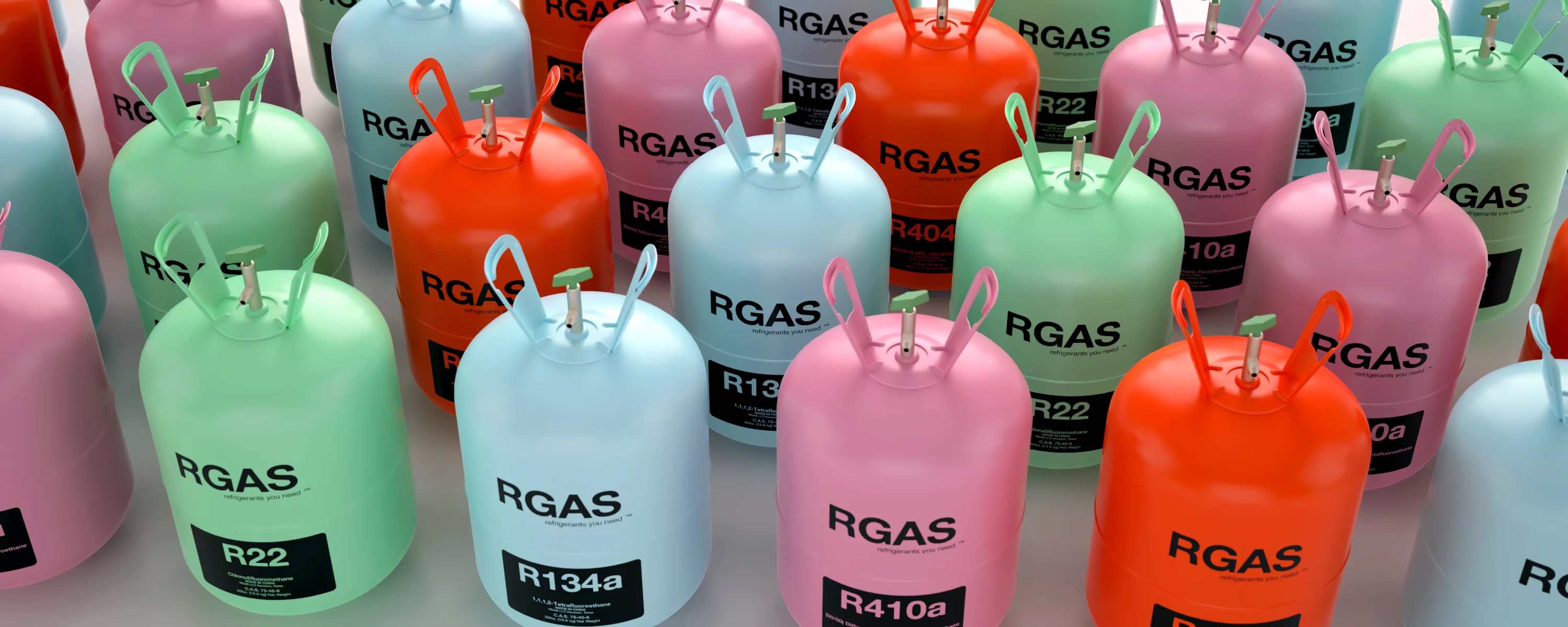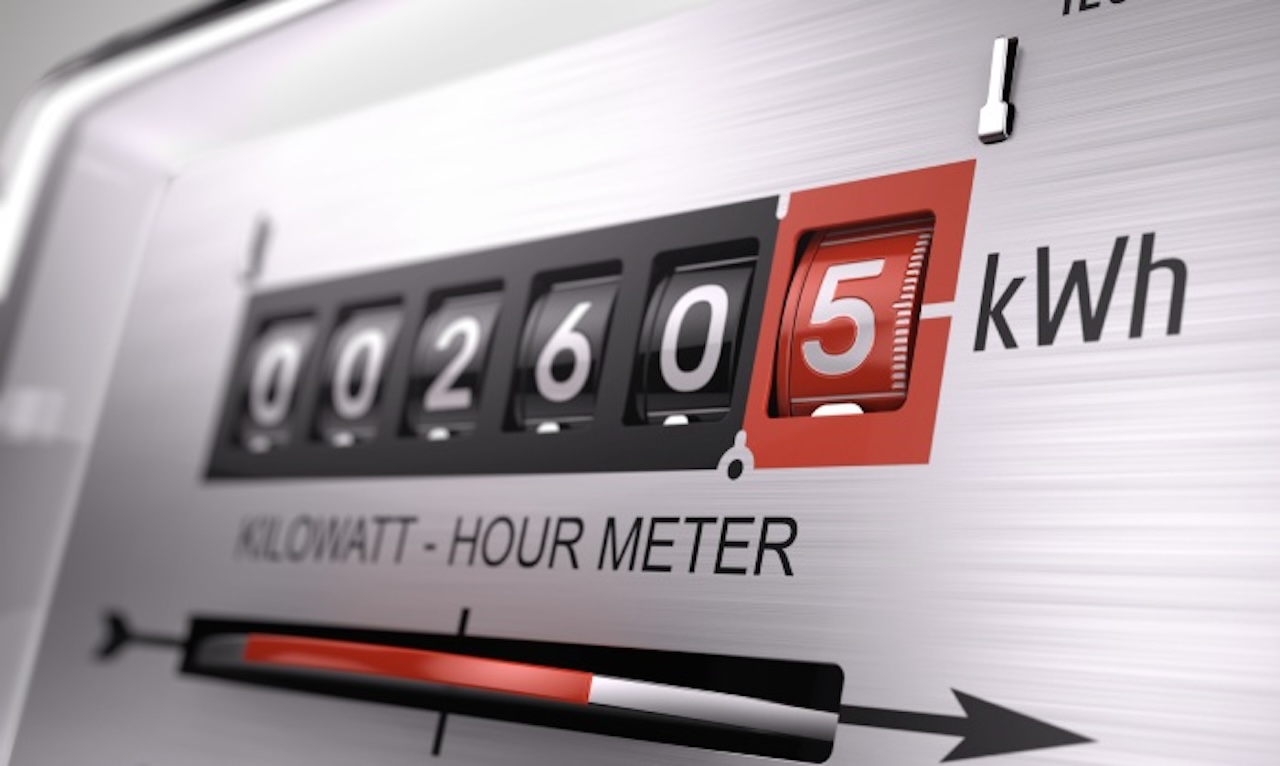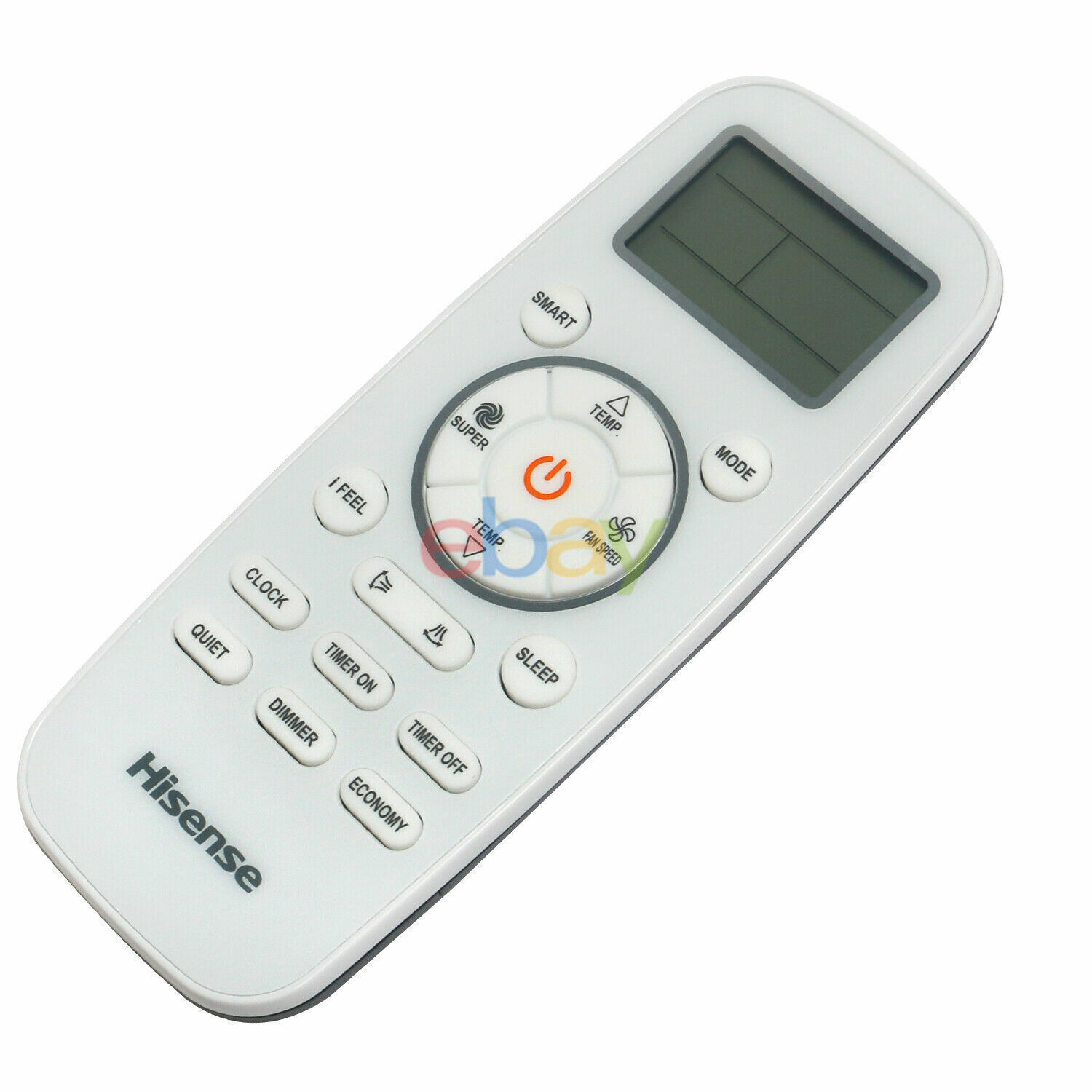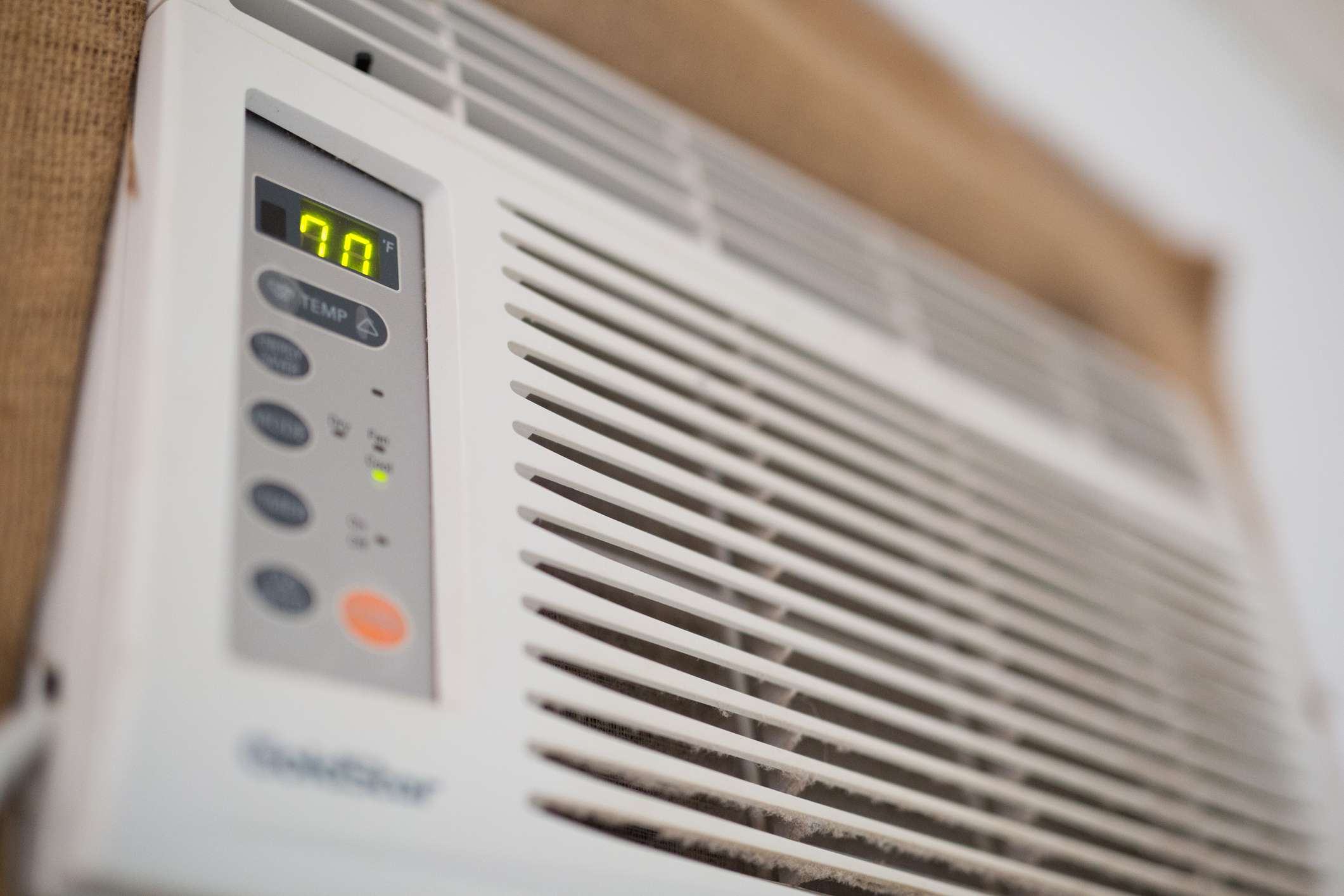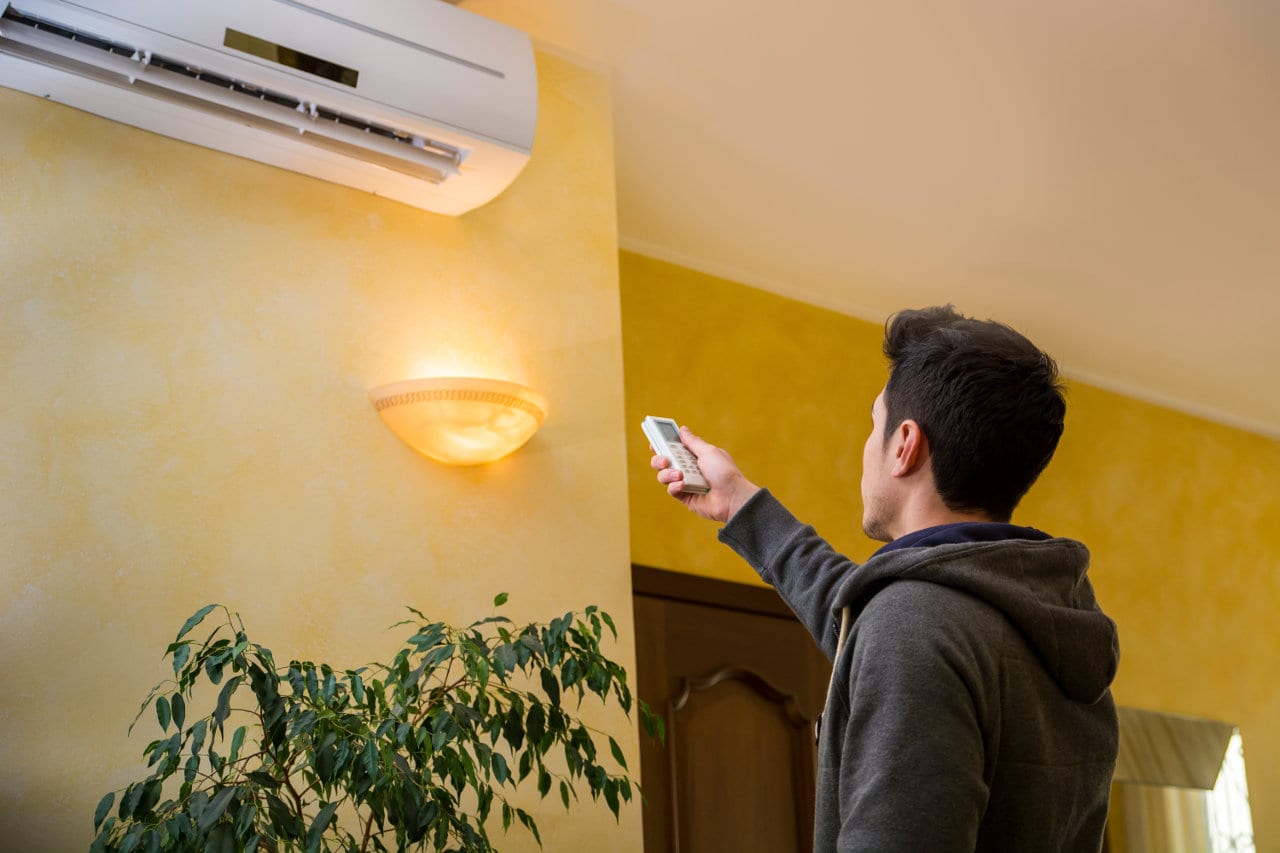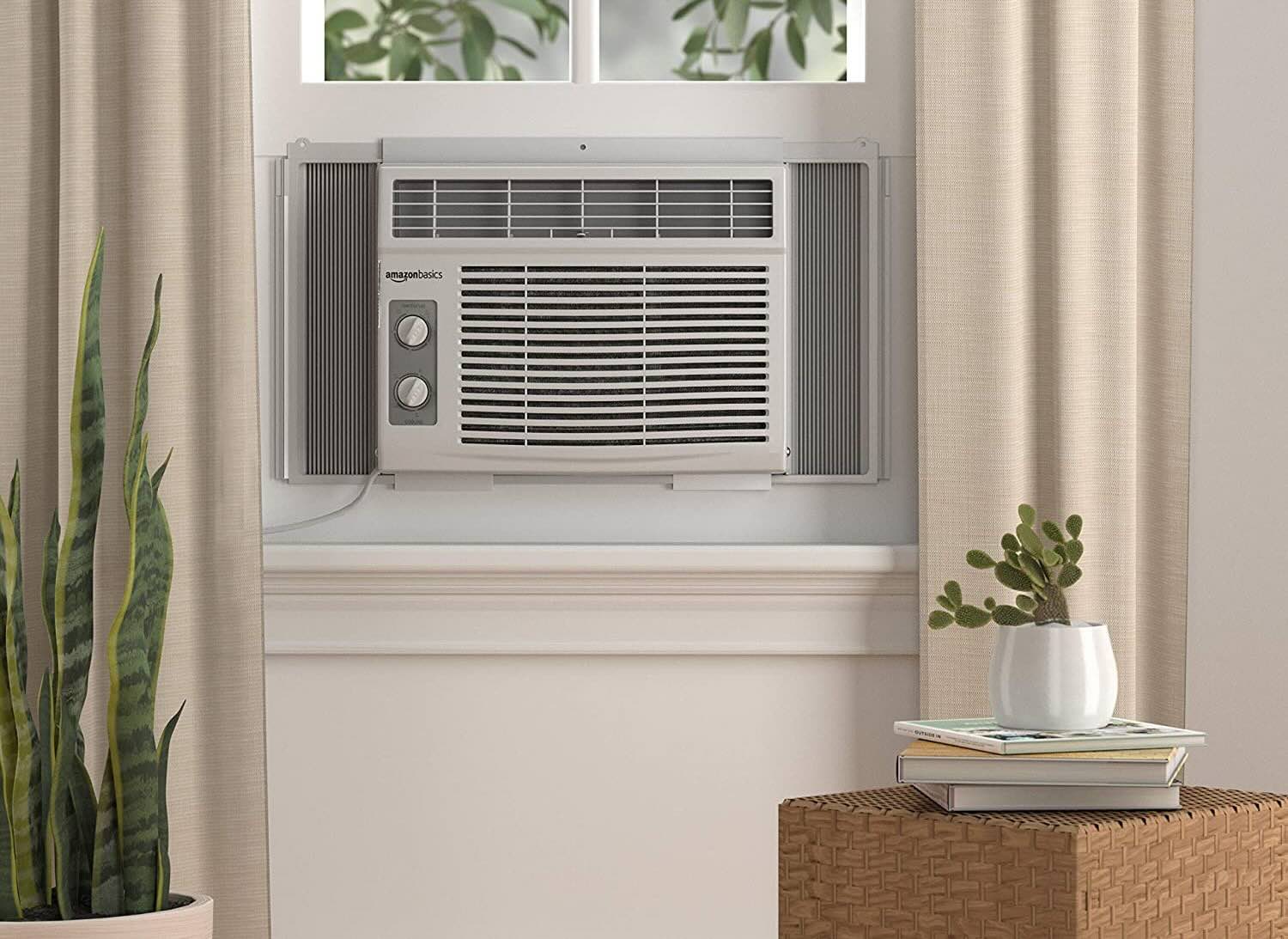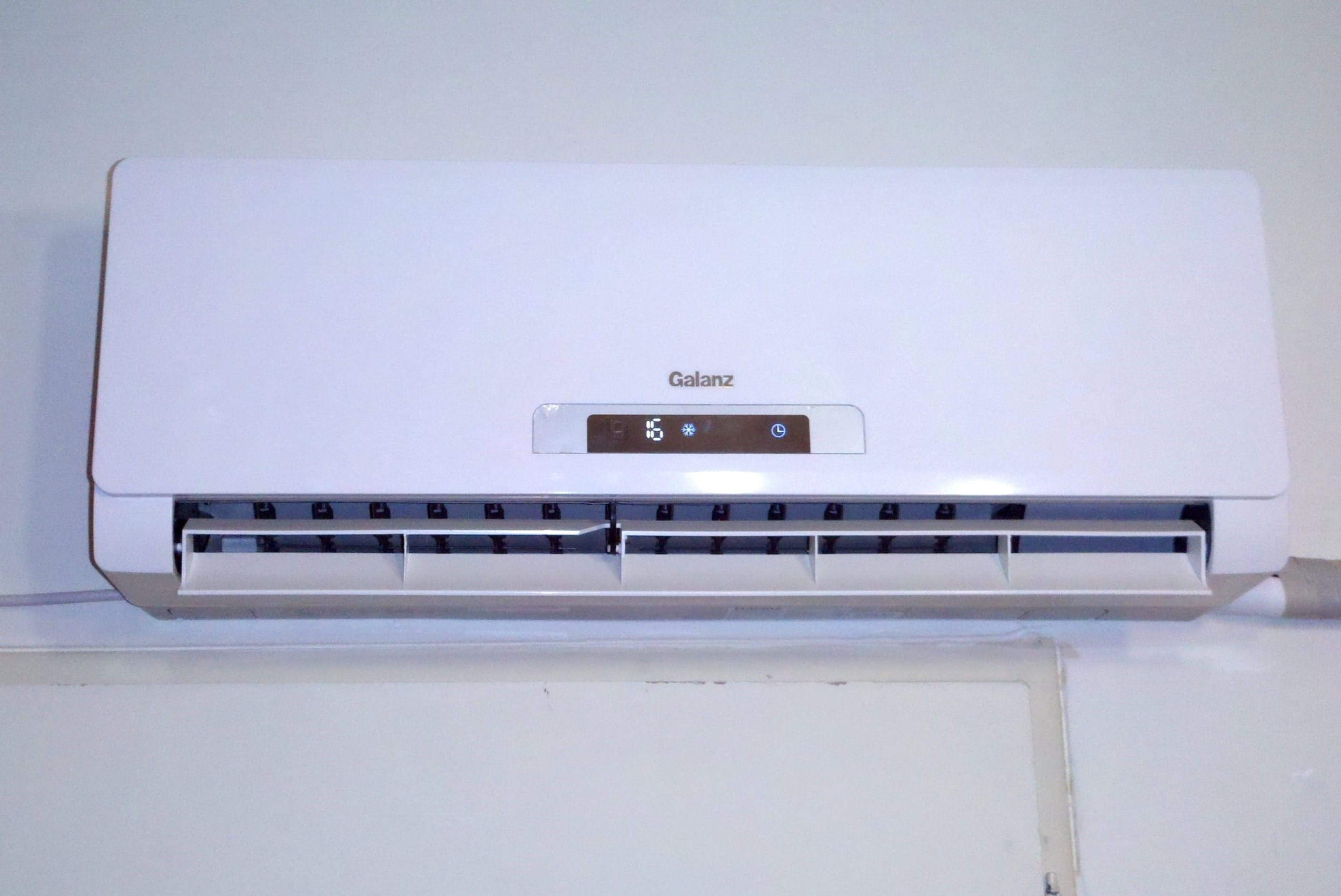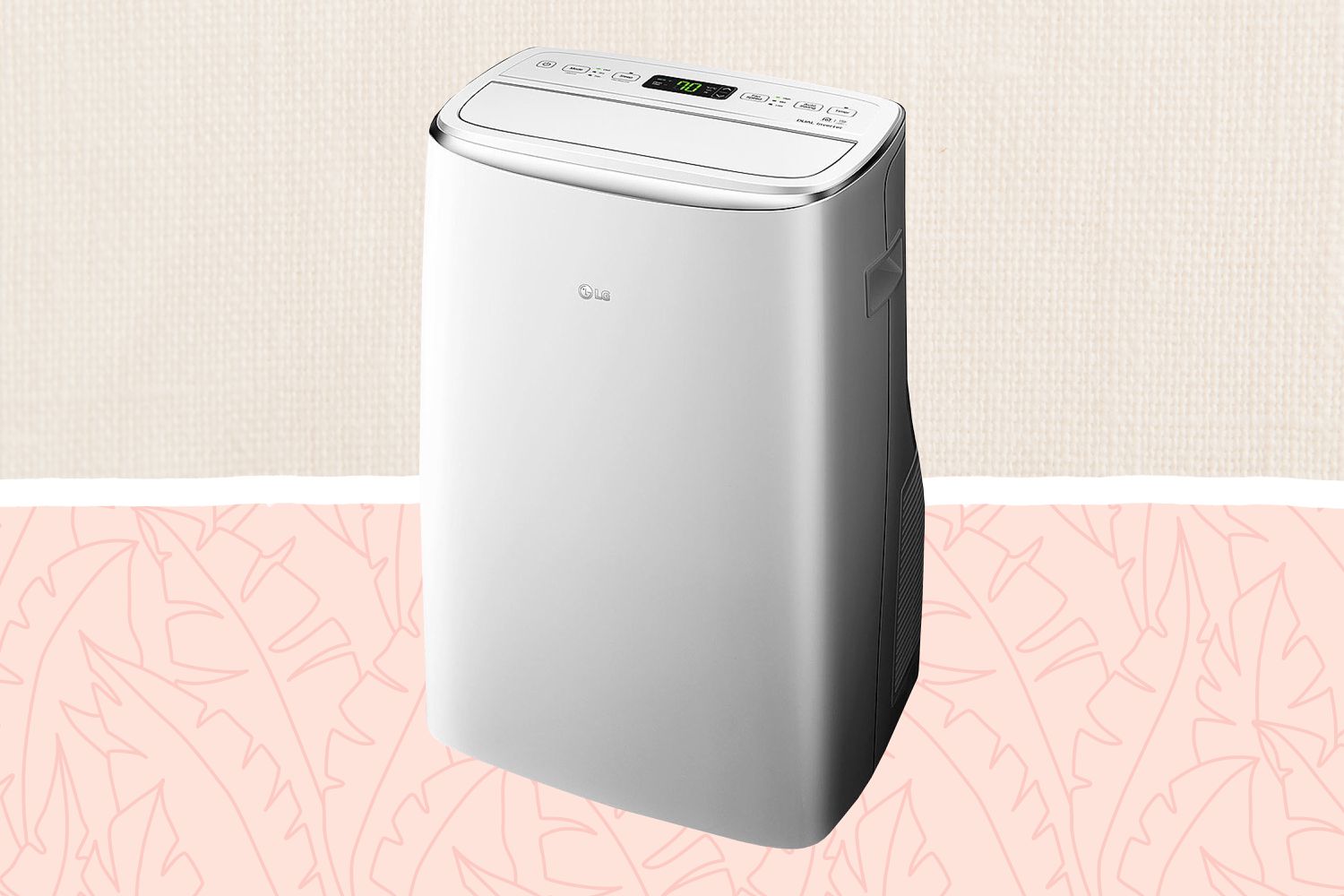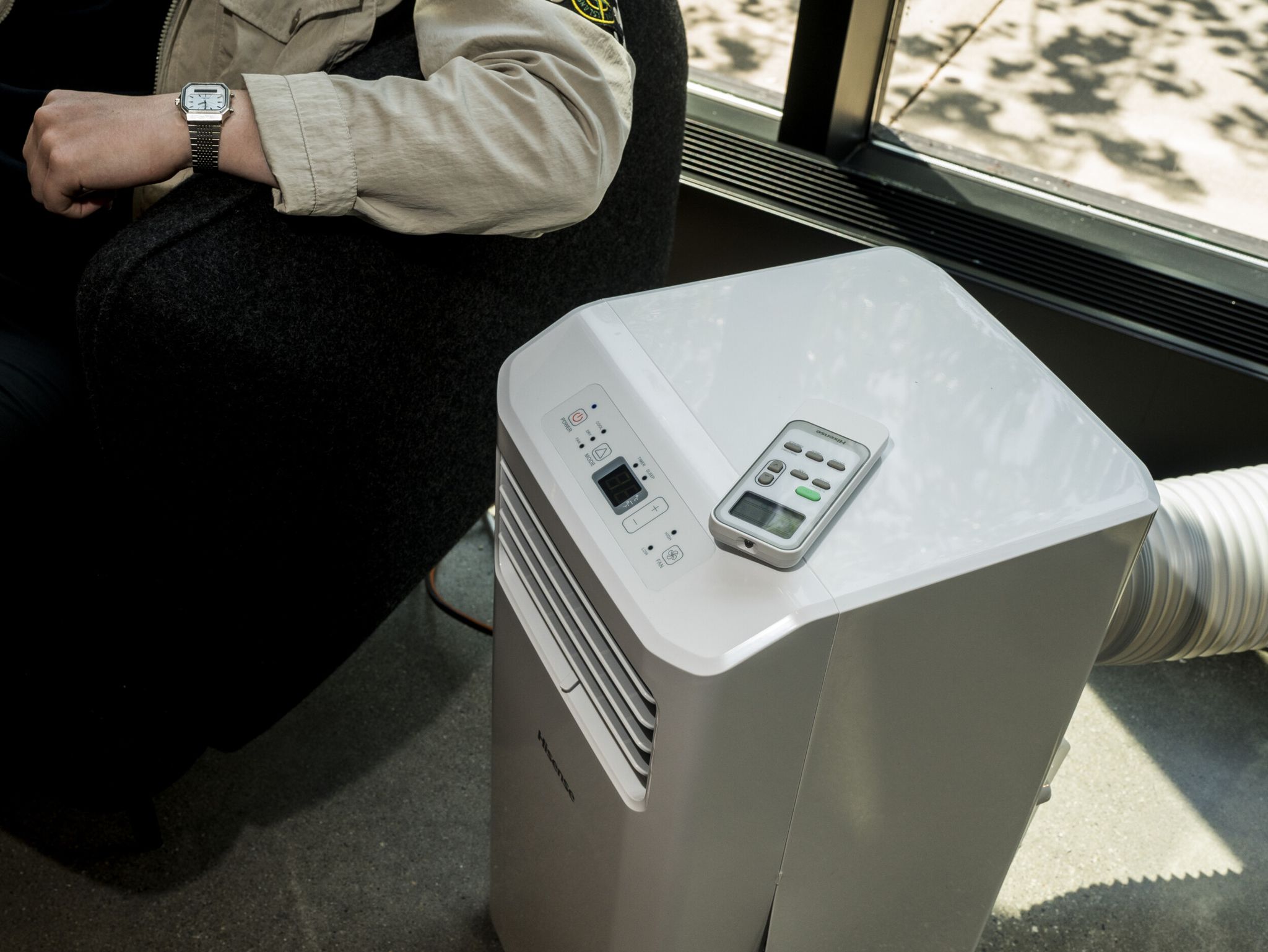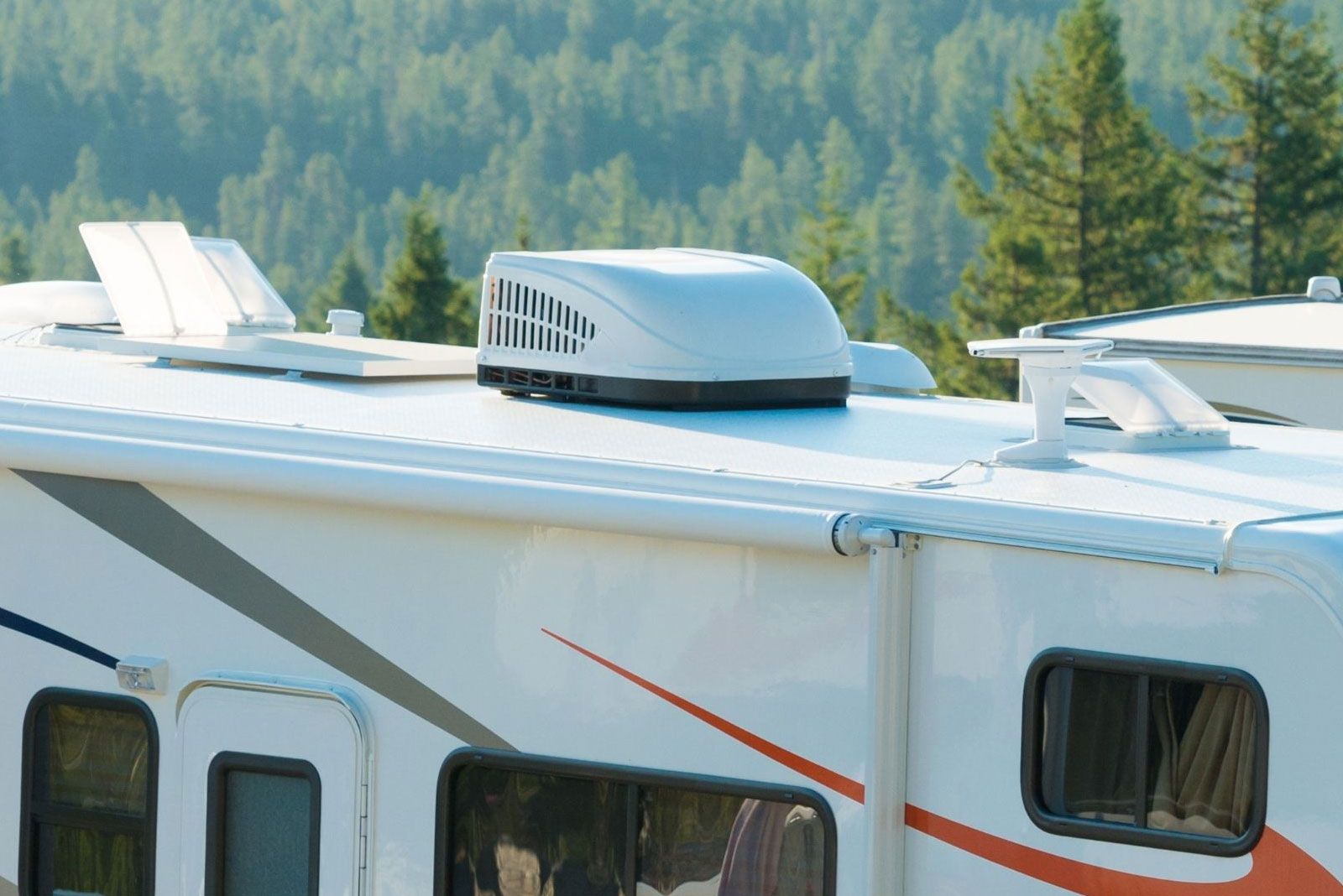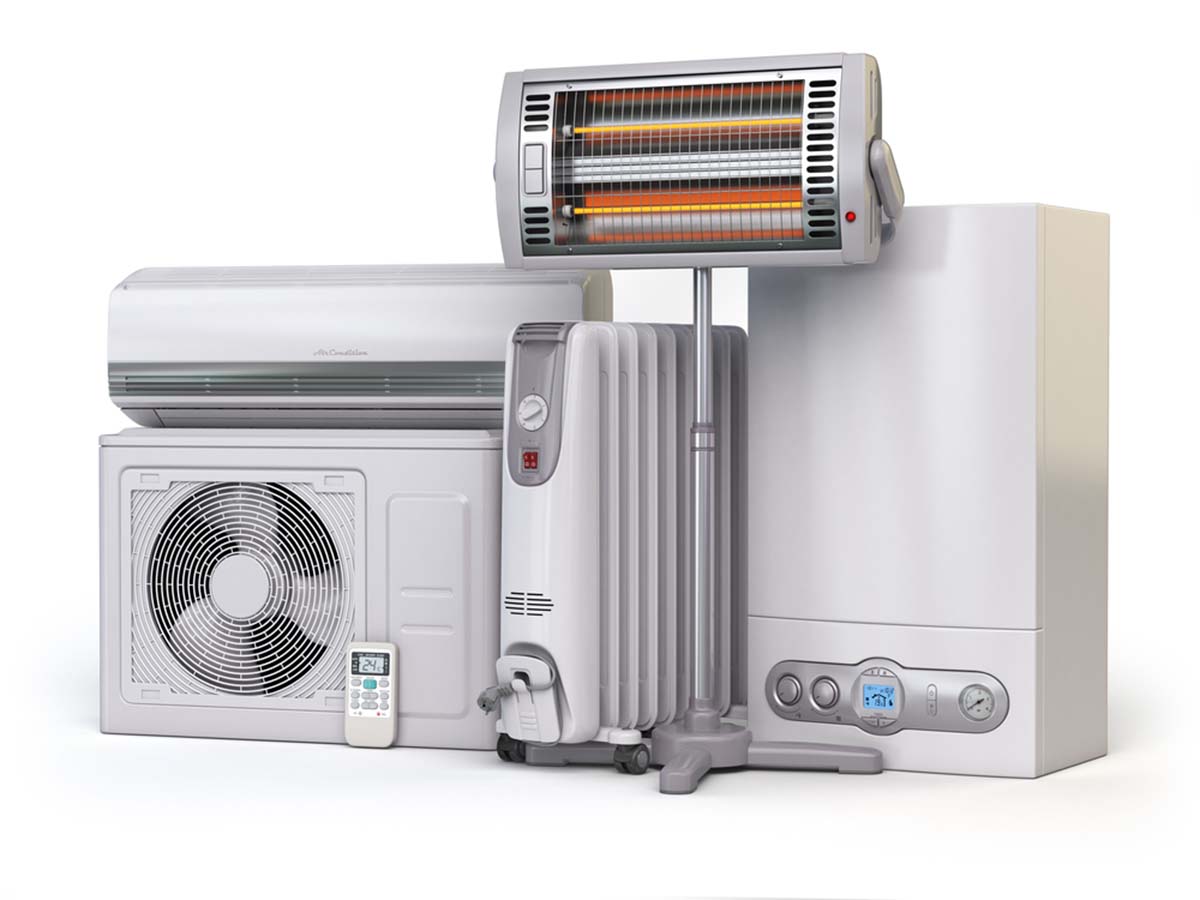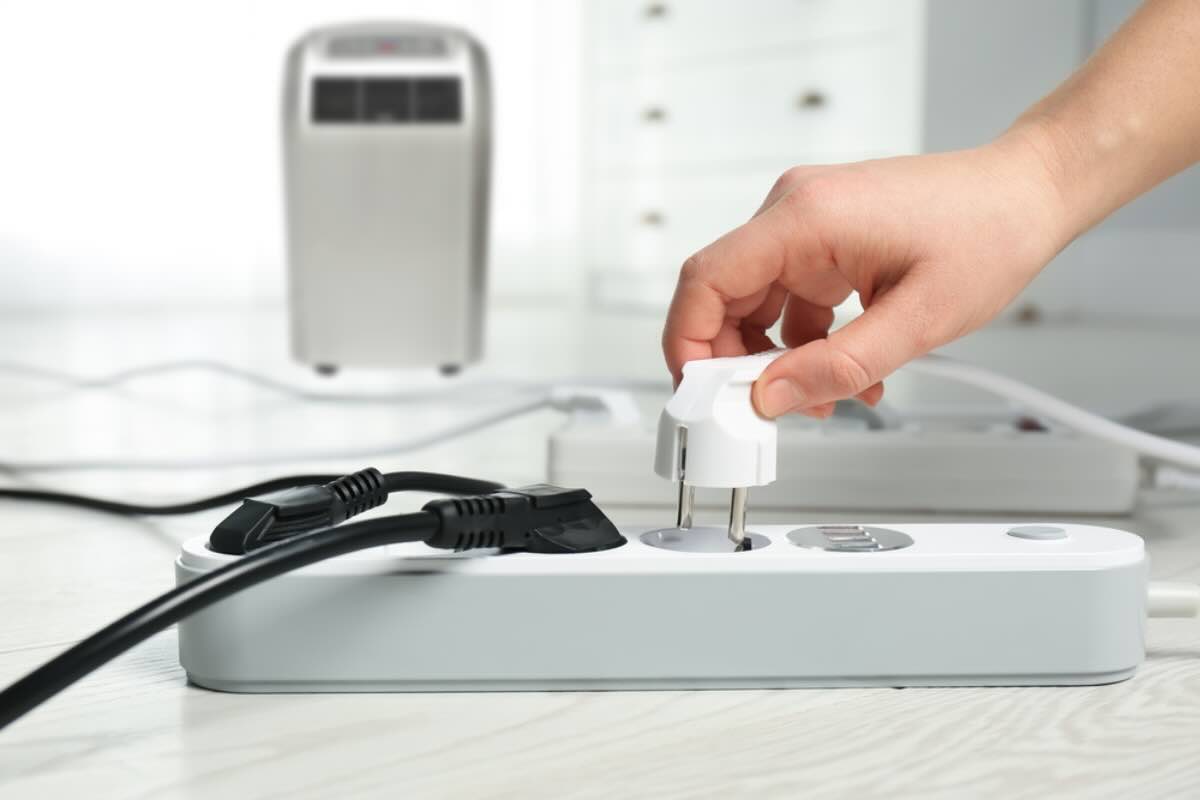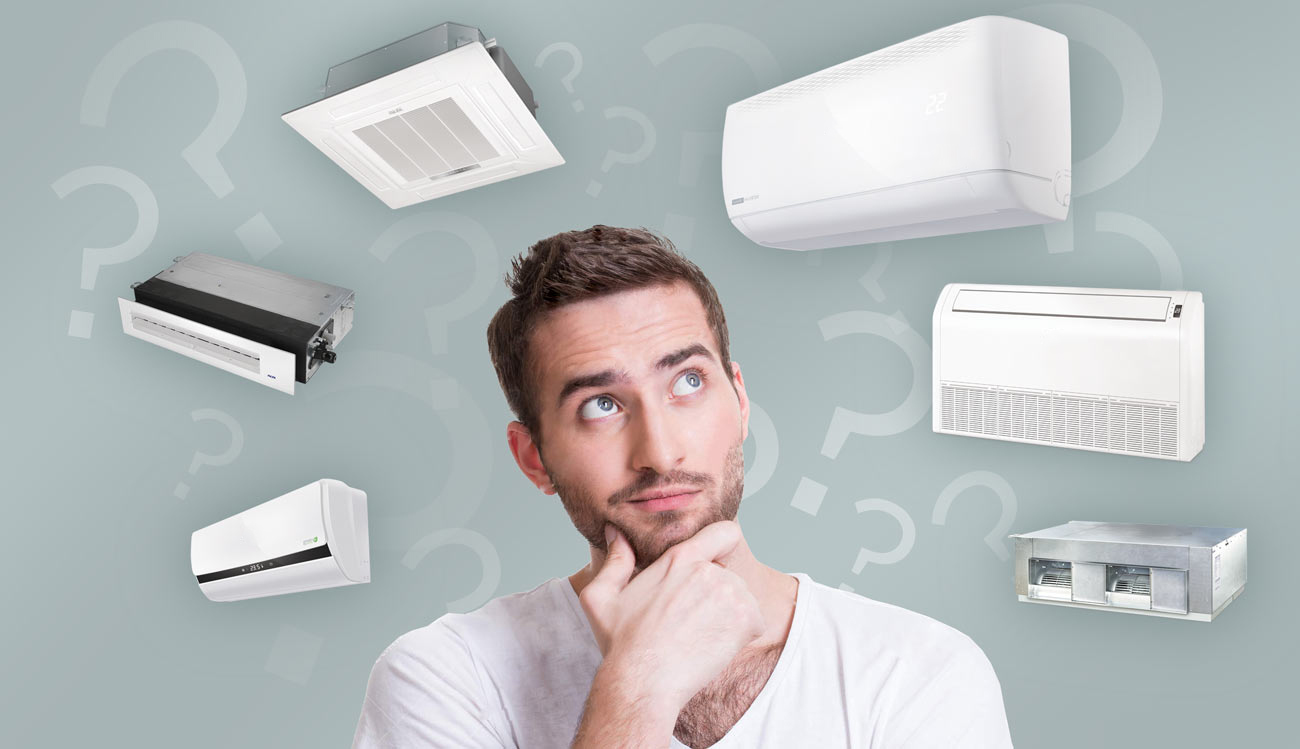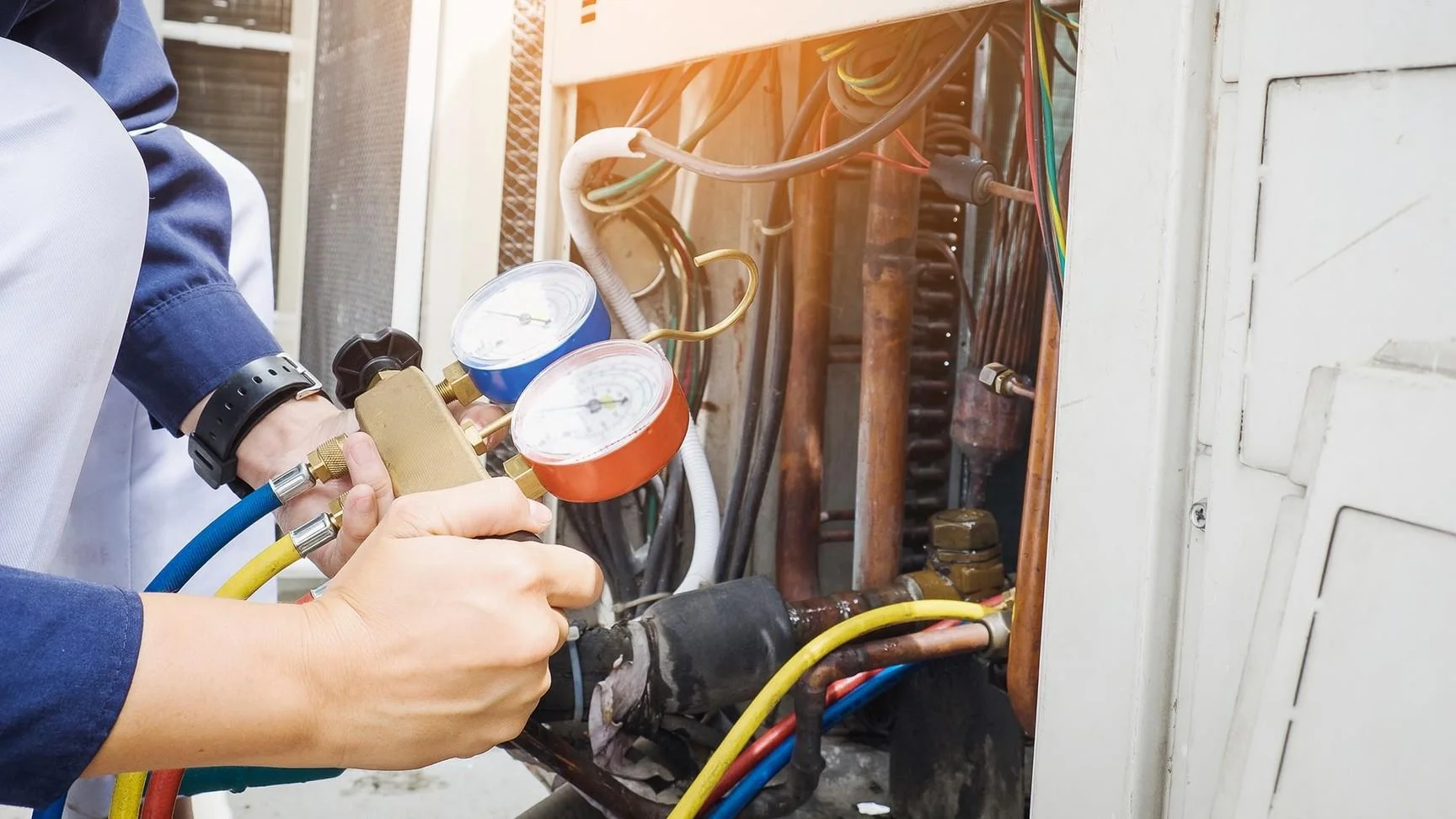Home>Home Maintenance>How To Use An Air Conditioner
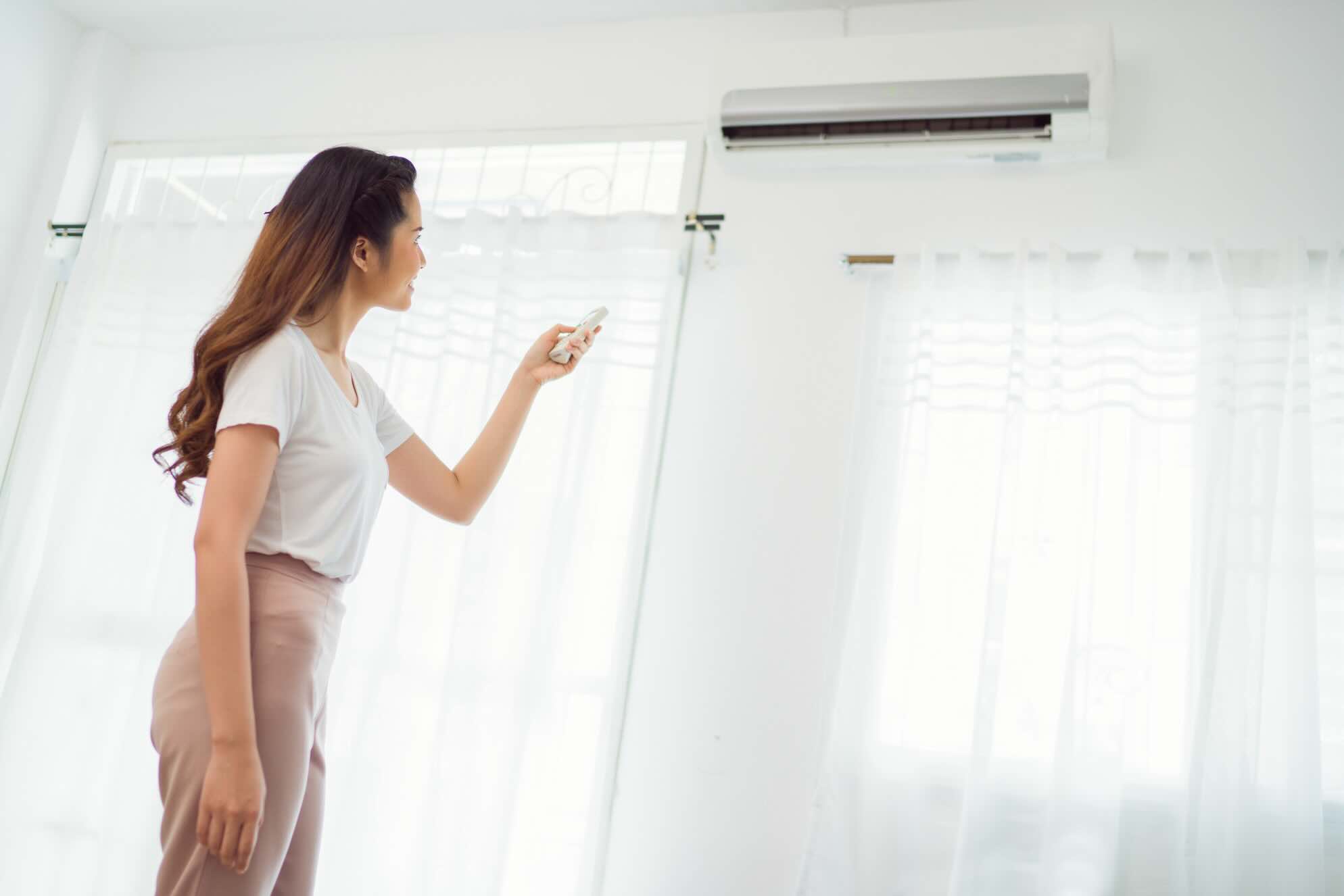

Home Maintenance
How To Use An Air Conditioner
Modified: March 7, 2024
Learn how to effectively use and maintain your home air conditioner with our comprehensive guide on home maintenance. Keep cool and comfortable all year round.
(Many of the links in this article redirect to a specific reviewed product. Your purchase of these products through affiliate links helps to generate commission for Storables.com, at no extra cost. Learn more)
Introduction
With summer in full swing, staying cool and comfortable indoors becomes a top priority. One of the most effective ways to beat the heat is by using an air conditioner. An air conditioner not only provides relief from the scorching temperatures but also improves air quality and creates a comfortable living environment.
In this article, we will explore the benefits of using an air conditioner, guide you through choosing the right one for your needs, explain the different modes and settings, provide tips on installation and maintenance, and offer advice on maximizing energy efficiency. By the end of this article, you’ll have all the information you need to make the most out of your air conditioner and stay cool all summer long.
Key Takeaways:
- Stay cool and improve air quality by using an air conditioner, which regulates temperature, reduces humidity, and enhances sleep quality. It also protects furniture and increases productivity.
- Choose the right air conditioner based on room size, energy efficiency, and additional features. Understand different modes and settings, and maintain and clean your unit regularly for optimal performance.
Read more: How To Use Hisense Air Conditioner
Benefits of using an air conditioner
When the temperature soars, using an air conditioner is not just a luxury, but a necessity. Here are some key benefits of using an air conditioner:
- Temperature control: The primary benefit of an air conditioner is the ability to regulate indoor temperature. Whether it’s scorching hot outside or a humid summer day, an air conditioner allows you to set and maintain a comfortable temperature in your home.
- Better air quality: Air conditioners help filter out dust, allergens, and pollutants in the air, improving the overall air quality in your living space. This is particularly beneficial for individuals with respiratory issues or allergies.
- Improved sleep: High temperatures can disrupt sleep patterns and result in restless nights. By using an air conditioner to maintain a cool and comfortable environment, you can enjoy better sleep quality and wake up feeling refreshed.
- Reduced humidity: Air conditioners not only cool the air but also remove excess humidity from the environment. This helps prevent the growth of mold and mildew, which thrive in damp conditions.
- Increased productivity: Working or studying in hot and uncomfortable conditions can be both physically and mentally draining. By creating a cool and comfortable environment, air conditioners can enhance productivity and focus.
- Protection of furniture and belongings: High humidity can cause damage to furniture, electronics, and other items in your home. Using an air conditioner helps control humidity levels and protects your valuables from potential moisture-related damage.
- Noise reduction: Modern air conditioner units are designed to operate quietly. This not only ensures a peaceful living space but also masks outside noise, allowing you to relax and unwind without disturbances.
These are just a few of the many benefits of using an air conditioner in your home. It not only provides comfort but also contributes to overall well-being and a healthier living environment.
Choosing the right air conditioner for your needs
When it comes to choosing an air conditioner, there are several factors to consider to ensure that you select the right unit for your specific needs. Here are some key points to keep in mind:
- Room size: Determine the square footage of the room or area where the air conditioner will be installed. This will help you choose the appropriate cooling capacity, measured in British Thermal Units (BTUs), to effectively cool the space.
- Type of air conditioner: There are various types of air conditioners available, including window units, portable units, split systems, and central air conditioning systems. Consider the pros and cons of each type and choose one that suits your requirements and the layout of your home.
- Energy efficiency: Look for an air conditioner with a good Energy Efficiency Rating (EER) or Seasonal Energy Efficiency Ratio (SEER). Higher ratings indicate better energy efficiency, which can lead to cost savings on your electricity bills in the long run.
- Noise level: Consider the noise level of the air conditioner, especially if the unit will be installed in a bedroom or a space where quiet is important. Look for models that have a low dB rating or noise reduction features.
- Additional features: Some air conditioners come with additional features such as programmable timers, remote controls, air purifiers, dehumidifiers, and sleep modes. Evaluate which features are important to you and choose a unit that offers the desired functionalities.
- Budget: Set a budget for your air conditioner purchase and consider both the upfront cost and long-term energy consumption. Determine the balance between cost and features that aligns with your budget constraints.
- Professional installation: Depending on the type of air conditioner you choose, professional installation may be required. If you are not comfortable with DIY installation, it is recommended to hire a professional to ensure proper and safe installation.
By considering these factors and doing thorough research, you can make an informed decision and choose an air conditioner that meets your cooling needs, energy efficiency goals, and budget.
Understanding the different modes and settings
Modern air conditioners come with a variety of modes and settings that can enhance comfort, energy efficiency, and convenience. Here are some common modes and settings you should familiarize yourself with:
- Cooling mode: This is the default mode in which the air conditioner cools and dehumidifies the air to lower the temperature in the room.
- Fan mode: In this mode, the air conditioner operates as a fan without cooling the air. It helps circulate the air and can be used on mild temperature days when cooling is not necessary.
- Dry mode: This mode is designed to remove excess moisture from the air without much cooling. It can be useful during humid days or in areas prone to moisture buildup.
- Sleep mode: Sleep mode adjusts the temperature and airflow to create a comfortable environment for sleep. It typically increases the temperature gradually throughout the night to save energy while keeping you comfortable.
- Energy-saving mode: This mode optimizes energy consumption by adjusting the temperature settings and airflow. It helps reduce electricity usage and lowers your energy bills.
- Turbo mode: Turbo mode operates at high fan speed and maximum cooling capacity to quickly cool down the room. It is useful when you need rapid cooling or want to cool the room down after being away for some time.
- Auto mode: Auto mode allows the air conditioner to automatically adjust the temperature and fan speed based on the current conditions in the room. It provides convenient and efficient cooling without the need for manual adjustments.
In addition to these modes, air conditioners may offer features such as adjustable fan speeds, oscillation for even air distribution, and timers to schedule operation according to your needs. Take the time to familiarize yourself with the different modes and settings available on your air conditioner, as they can greatly enhance your comfort and energy efficiency while using the unit.
Installing your air conditioner
Proper installation is crucial to ensure the optimal performance and longevity of your air conditioner. While the specific installation process may vary depending on the type and model of your unit, here are some general steps to follow:
- Select the installation location: Choose a suitable location for your air conditioner, keeping in mind factors such as accessibility, support structure, and airflow. Ideally, the unit should be installed on a sturdy wall or in a window that can support its weight.
- Prepare the installation area: Clear the area where you will be installing the air conditioner. Remove any obstacles or debris that may hinder the installation process or airflow.
- Position the mounting bracket: If you are installing a window unit, follow the manufacturer’s instructions to properly position and secure the mounting bracket in the window frame. This will provide a stable base for the air conditioner.
- Secure the air conditioner: Carefully lift and place the air conditioner onto the mounting bracket or into the window. Ensure that it is properly aligned and securely fastened to prevent any movement or instability.
- Seal gaps and insulate: To improve energy efficiency and prevent air leakage, seal any gaps around the air conditioner with foam insulation or weather-stripping. This will help keep cool air in and hot air out.
- Connect the power: Follow the manufacturer’s instructions to properly connect the air conditioner to a power source. Ensure that the electrical connections are secure and that all safety guidelines are followed.
- Test the unit: Once the installation is complete, turn on the air conditioner and test its functionality. Check for any unusual noises, vibrations, or issues with cooling. If any problems are encountered, refer to the manufacturer’s troubleshooting guide or consult a professional.
- Maintenance and safety: Regularly clean and maintain your air conditioner to keep it functioning properly. Follow the manufacturer’s guidelines for maintenance tasks such as cleaning the filters, inspecting the coils, and clearing any debris.
If you are not comfortable with the installation process or if you have a more complex central air conditioning system, it’s recommended to hire a professional HVAC technician who can ensure proper installation and address any specific requirements or challenges.
Remember, a well-installed air conditioner will not only provide efficient cooling but also operate safely and reliably for years to come.
Clean or replace the air filter regularly to ensure efficient airflow and prevent dust and debris from circulating in your home.
Read more: How To Use A Portable Air Conditioner
Maintaining and cleaning your air conditioner
To keep your air conditioner running smoothly and efficiently, regular maintenance and cleaning are essential. Here are some important steps to follow:
- Clean or replace the air filters: Dirty or clogged filters restrict airflow and reduce the efficiency of your air conditioner. Clean or replace the filters according to the manufacturer’s instructions, typically every 1-3 months or as needed.
- Clean the condenser coils: Over time, the condenser coils can accumulate dust, dirt, and debris, impairing the unit’s performance. Use a soft brush or vacuum cleaner to gently clean the coils, taking care not to bend or damage them.
- Clear the condensate drain: The condensate drain allows moisture to drain away from the unit. Ensure that it is not clogged by using a wire or pipe cleaner to remove any obstructions. This prevents water buildup and the growth of mold or algae.
- Clean the evaporator coils: The evaporator coils can also accumulate dirt and debris, obstructing airflow and reducing cooling efficiency. Regularly clean the coils using a coil cleaner or a mild detergent mixed with water.
- Inspect and clean the fan blades: Check the fan blades for any buildup of dirt or debris. Use a damp cloth or brush to gently clean the blades, ensuring they are free from obstructions that could affect performance or cause noise.
- Check the refrigerant levels: Low refrigerant levels can indicate a leak or other issues in the system. If you notice a decrease in cooling performance, it’s advisable to have a professional HVAC technician check and recharge the refrigerant if necessary.
- Keep the surrounding area clean: Ensure that the area around the air conditioner unit is clear of debris, leaves, or other obstructions. Trim any vegetation or shrubs that may obstruct airflow to the unit.
- Regular professional maintenance: In addition to regular cleaning, it’s recommended to schedule professional maintenance at least once a year. A qualified HVAC technician can perform a thorough inspection, address any issues, and ensure your air conditioner is operating at peak performance.
By following these maintenance and cleaning practices, you can prolong the lifespan of your air conditioner, improve its cooling efficiency, and maintain good indoor air quality.
Tips for maximizing energy efficiency
Maximizing energy efficiency not only helps reduce your carbon footprint but also saves you money on your energy bills. Here are some tips to make your air conditioner more energy-efficient:
- Set the temperature wisely: Set the thermostat to the highest comfortable temperature in the summer. Each degree below 78°F (25°C) can significantly increase energy consumption.
- Use programmable thermostats: Programmable thermostats allow you to schedule temperature adjustments based on your daily routine. Set higher temperatures when you’re away and lower temperatures when you’re at home.
- Utilize natural ventilation: Take advantage of cooler evenings or mornings by opening windows and using fans to allow fresh air to circulate, reducing the need for air conditioning.
- Keep windows and doors sealed: Ensure that windows and doors are properly sealed to minimize air leaks and prevent cool air from escaping or hot air from entering.
- Utilize shades and blinds: Use curtains, blinds, or shades to block out direct sunlight, especially during the hottest parts of the day, to reduce heat gain and the need for excessive cooling.
- Insulate your home: Proper insulation helps keep cool air inside and hot air outside. Insulate walls, ceilings, and attics to enhance energy efficiency and reduce the workload on your air conditioner.
- Regularly clean and maintain the air conditioner: Keep the air conditioner clean and well-maintained to ensure optimal performance. Clean or replace filters regularly and schedule professional maintenance to ensure efficient operation.
- Use fans in conjunction with the air conditioner: Using fans in combination with the air conditioner allows you to raise the thermostat setting without sacrificing comfort. Fans help circulate cool air and create a breeze, making the room feel cooler.
- Avoid heat-generating activities: Minimize heat-generating activities, such as using ovens or dryers, during the hottest parts of the day. This reduces the amount of heat that needs to be cooled by the air conditioner.
- Consider energy-efficient air conditioners: If it’s time to replace your air conditioner, opt for newer models with higher energy efficiency ratings. Look for units with Energy Star certification, which meet strict energy-saving criteria.
By implementing these energy-saving tips, you can reduce your environmental impact and enjoy cost savings while keeping your home comfortably cool.
Troubleshooting common issues with your air conditioner
While air conditioners are generally reliable, they can occasionally encounter issues. Here are some common problems you might encounter and troubleshooting steps to try:
- No cooling: If your air conditioner is not providing sufficient cooling, check the thermostat settings to ensure it is set to the desired temperature. Also, inspect the air filters for any dirt or clogs that may be obstructing airflow. Clean or replace the filters as needed.
- Poor airflow: Insufficient airflow can be caused by blockages or restrictions in the air vents or ductwork. Check and remove any obstructions, such as furniture or debris, that may be blocking the vents. Also, ensure that the air filters are clean and not causing airflow restriction.
- Strange noises: Unusual noises, such as grinding, squealing, or rattling, can indicate mechanical issues. Turn off the air conditioner and check for loose parts or debris in the unit. If the problem persists, it’s best to contact a professional for further inspection and repair.
- Leaking water: If you notice water leaking from your air conditioner, it may be due to a clogged condensate drain or a disconnected drain line. Clear any clogs in the drain line and ensure that it is properly connected and draining outside. If the issue persists, seek professional assistance.
- Frozen coil: A frozen evaporator coil can occur due to restricted airflow or refrigerant issues. Ensure that the air filters are clean and there are no obstructions blocking the vents. If the problem persists, it may indicate a refrigerant leak or other technical issues that require professional attention.
- Short cycling: Short cycling refers to the frequent turning on and off of the air conditioner. It can be caused by a variety of factors, including a dirty air filter, thermostat issues, or an improperly sized unit. Check and clean the air filters, and ensure that the thermostat settings are accurate. If the problem persists, consult a professional to diagnose and resolve the issue.
- Electrical problems: If your air conditioner is not turning on or experiencing electrical issues, check the power supply and circuit breaker. Ensure that the unit is receiving power and that the circuit breaker has not been tripped. If the problem persists, it’s best to contact a licensed electrician or HVAC technician to assess and repair any electrical issues.
It’s important to note that while some troubleshooting steps can be done by homeowners, certain issues require professional expertise. If you are unsure or unable to resolve the problem on your own, it’s best to consult a qualified HVAC technician who can diagnose and address the specific issue with your air conditioner.
Conclusion
Using an air conditioner is a practical and effective way to stay cool and comfortable during hot summer days. Not only does it provide relief from the heat, but it also improves air quality and creates a pleasant living environment. By understanding the benefits of using an air conditioner, choosing the right unit for your needs, and familiarizing yourself with the different modes and settings, you can optimize the cooling experience.
Proper installation and regular maintenance are essential to ensure the optimal performance and longevity of your air conditioner. By following installation guidelines, cleaning or replacing air filters, and scheduling professional maintenance, you can keep your unit running smoothly and efficiently. Maximizing energy efficiency is another important aspect to consider, as it not only saves you money but also reduces your carbon footprint. By implementing energy-saving tips such as setting appropriate temperature levels, utilizing natural ventilation, and properly insulating your home, you can significantly reduce your energy consumption.
While air conditioners are generally reliable, occasional issues may arise. By troubleshooting common problems such as inadequate cooling, poor airflow, or strange noises, you can often resolve minor issues on your own. However, if the problem persists or if you encounter more complex issues such as refrigerant leaks or electrical problems, it is advisable to seek professional assistance.
In conclusion, using an air conditioner can greatly enhance your comfort and well-being during hot summer months. By understanding how to make the most of your unit, practicing proper maintenance, and troubleshooting common issues, you can ensure long-lasting performance and enjoy a cool and refreshing indoor environment.
Frequently Asked Questions about How To Use An Air Conditioner
Was this page helpful?
At Storables.com, we guarantee accurate and reliable information. Our content, validated by Expert Board Contributors, is crafted following stringent Editorial Policies. We're committed to providing you with well-researched, expert-backed insights for all your informational needs.
